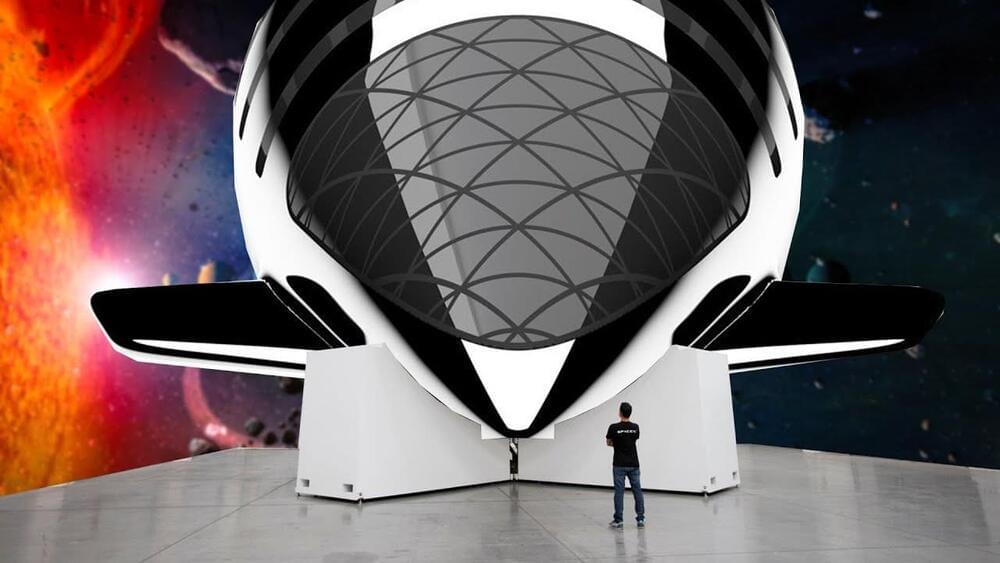The computer program used for capturing in vitro RGEN cleavage sites in sequenced genomes is available at.
Contact Seller
Message.
The computer program used for capturing in vitro RGEN cleavage sites in sequenced genomes is available at.
Contact Seller
Message.
In the spring, a team of University of Virginia and Virginia Tech scientists shared some exciting news: The vaccine they are developing showed promising results in early animal trials not only for COVID-19, but for other coronaviruses.
If that trend continues through further testing, this vaccine could help contain both current and future variants of the COVID-19 virus — including the Delta variant currently plaguing the United States, and other variants that might crop up in the coming months and years. It could even protect against other coronaviruses, including viruses that cause the common cold. And, it could cost as little as $1 a dose.
What if we had a vaccine that would work for any COVID-19 variants that might pop up – and even for some coronaviruses that cause the common cold? UVA and Virginia Tech scientists are working on it.

https://www.youtube.com/watch?v=35zGGlcyn60
Head to https://www.wren.co/start/techspace for more informations!
Credit:
Thumbail:
Neopork: https://twitter.com/Neopork85
Continue reading “SpaceX INSANE Plan To Travel The Entire Solar System!” »

Stimulating STEM Innovation & Securing U.S. High-Tech Economy — Kimberly A. Reed, Fmr President and Chairman Export-Import Bank of the United States.
Kimberly A. Reed just finished up a 2-year term as President and Chairman of the Board of Directors of the Export-Import Bank of the United States (EXIM — https://www.exim.gov). She was the first woman to lead EXIM in the agency’s 87-year history, was the first recipient of EXIM’s highest honor, the Franklin D. Roosevelt Award, and was confirmed by the U.S. Senate in 2019 on a strong bi-partisan basis.
#Israel is on the verge of finalizing a #COVID19 vaccine whose creators believe could offer better protection against variants than its international counterparts such as #Pfizer. In an interview with ‘The Jerusalem Post’, the father of Israel’s BriLife coronavirus vaccine, Prof. Shmuel Shapira, predicted that when the country’s #vaccine is ready, “it will be better” than what its citizens have today.
HEALTH AFFAIRS: The father of the BriLife initiative explains Israel’s strategic imperative to have its own vaccine.

Boston-based company Regent has taken US$465 million in pre-orders for its super-fast electric “Seaglider.” Using the wing-in-ground effect, this 180-mph (290-km/h) beast promises twice the range of an electric aircraft, and a revolution in coastal transport.
“The speed, comfort, and navigation systems of an aircraft with the convenience, maneuverability, and affordability of a boat,” reads the Regent press release, marking approximately the first time boats have ever been called affordable or maneuverable.
Continue reading “Regent to build high-speed electric ground-effect ‘seagliders’” »
Indeed, as Gizmodo’s report highlights, many experts believe that these researchers have not actually found evidence of dinosaur DNA. They told the news outlet, for example, that—even under the best circumstances—DNA couldn’t last more than three million years. Let alone more than 100 million. And that the chemicals may have been staining inorganic matter that only looks cellular in nature.
As of now, the most ancient DNA that scientists have been able to sequence was that of a million-year-old woolly mammoth. And the youngest dinosaurs are at least 65 million years old. But if future experiments do confirm this evidence as real, then that really changes things. At least in our fantasies, where reanimated dinosaurs and Ian Malcolms abound.
The post Fossil of Peacock-Like Dinosaur May Have Preserved DNA Remnants appeared first on Nerdist.
For a long time fixed wing VTOL drones were tricky to work with, but with the availability of open source flight control and autopilot software this has changed. To make experimentation even easier, [Stephen Carlson] and other researchers from the RoboWork Lab at the University of Nevada created the MiniHawk, a 3D printed VTOL aircraft for use a test bed for various research projects.
Some of these project include creating a longer wingspan aircraft by combining multiple MiniHawks in mid-flight with magnetic wing-tip mounts, or “migratory behaviors”. The latter is a rather interesting idea, which involves letting the craft land in any suitable location, and recharging using wing mounted solar panels before continuing with the next leg of the mission. With this technique, the MiniHawk could operate on mission almost indefinitely without human intervention. This is a departure from some other solar planes we’ve seen, which attempt to recharge while flying, or even ditch batteries completely, which limits operation to sunny weather conditions.
Crypto exchange Coinbase disclosed that a threat actor stole cryptocurrency from 6,000 customers after using a vulnerability to bypass the company’s SMS multi-factor authentication security feature.
Coinbase is the world’s second-largest cryptocurrency exchange, with approximately 68 million users from over 100 countries.
In a notification sent to affected customers this week, Coinbase explains that between March and May 20th, 2,021 a threat actor conducted a hacking campaign to breach Coinbase customer accounts and steal cryptocurrency.
